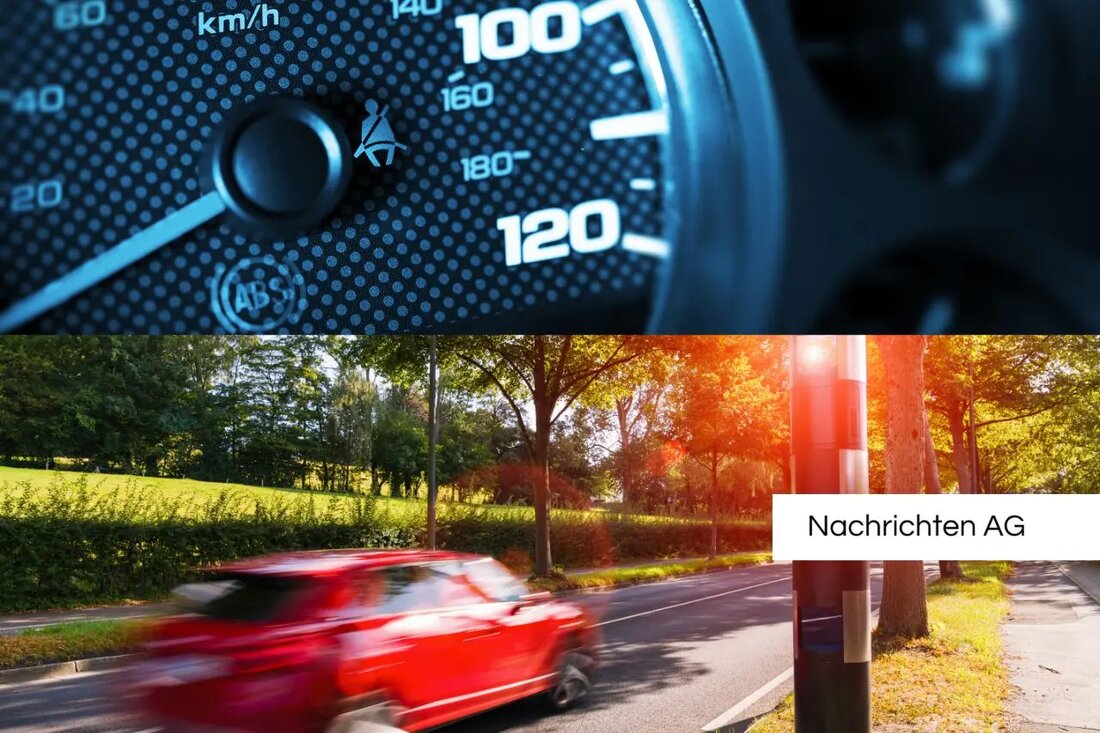Flashing control: How to escape the radar levels in Gau-Algesheim!
Flashing control: How to escape the radar levels in Gau-Algesheim!
On May 2, 2025, the mobile radar trap in Gau-Algesheim again conducts speed controls. The current lightning location is located on Berliner Strasse (postcode 55435) in a 20 km/h zone. The controls were reported on May 2 at 6:09 p.m. and take place in a city area in which the authorities are authorized to check and punish speed overalls. Extensive regulations of the Road Traffic Regulations (StVO) regulate the sanctions in the determined violations.
In Gau-Algesheim, it should be noted that the tolerance deductions for mobile lightning works are different: At speeds below 100 km/h, a deduction of 3 km/h applies, while 3 percent are counted at higher speeds. These differences are often due to the different measurements of the radar devices used. Speed overruns can lead to fines that are regulated in Germany according to a nationwide catalog of facts (catalog of fines).
monitoring in road traffic
Monitoring by the police and regulatory offices primarily serves to ensure safety in road traffic. Numerous road users such as car, truck, cyclists and pedestrians take part in road traffic every day. In order to ensure compliance with the traffic rules, the authorities use both mobile and stationary speed camera. Mobile flash units in particular can be used flexibly, while stationary systems that are more expensive to buy have fixed locations.
The speed camera card, which depicts over 52,000 permanently installed radar systems and red light monitoring systems in Germany, is constantly updated. Users can quickly identify flashing locations by entering their city or postcode. This shows the widespread interest in compliance with traffic safety and the responsible handling of road traffic rules. Similar flash systems are also recorded worldwide.
Changes in the 2025 fine catalog
The current fines 2025, which has been in force since November 9, 2021, provides for higher fines in speed overruns, but no tightened driving bans. In the event of violations in a zone 30 or outside, the additional costs would normally not be excessively high. The changes made in the catalog of fines are not the first of its kind, since adjustments have taken place in the past decades.
In addition, road users have the option of lodging an objection to a fine within two weeks of receipt. In several federal states, a hearing in the fine procedure will also be made possible before the issuance of a decision. It is important to note that dishes can impose different fines, especially if mitigating or aggravating circumstances are determined. Finally, a study shows that around 56 percent of the fine notices are incorrect, which also makes the topic of traffic controls complex.
| Details | |
|---|---|
| Quellen | |


Kommentare (0)